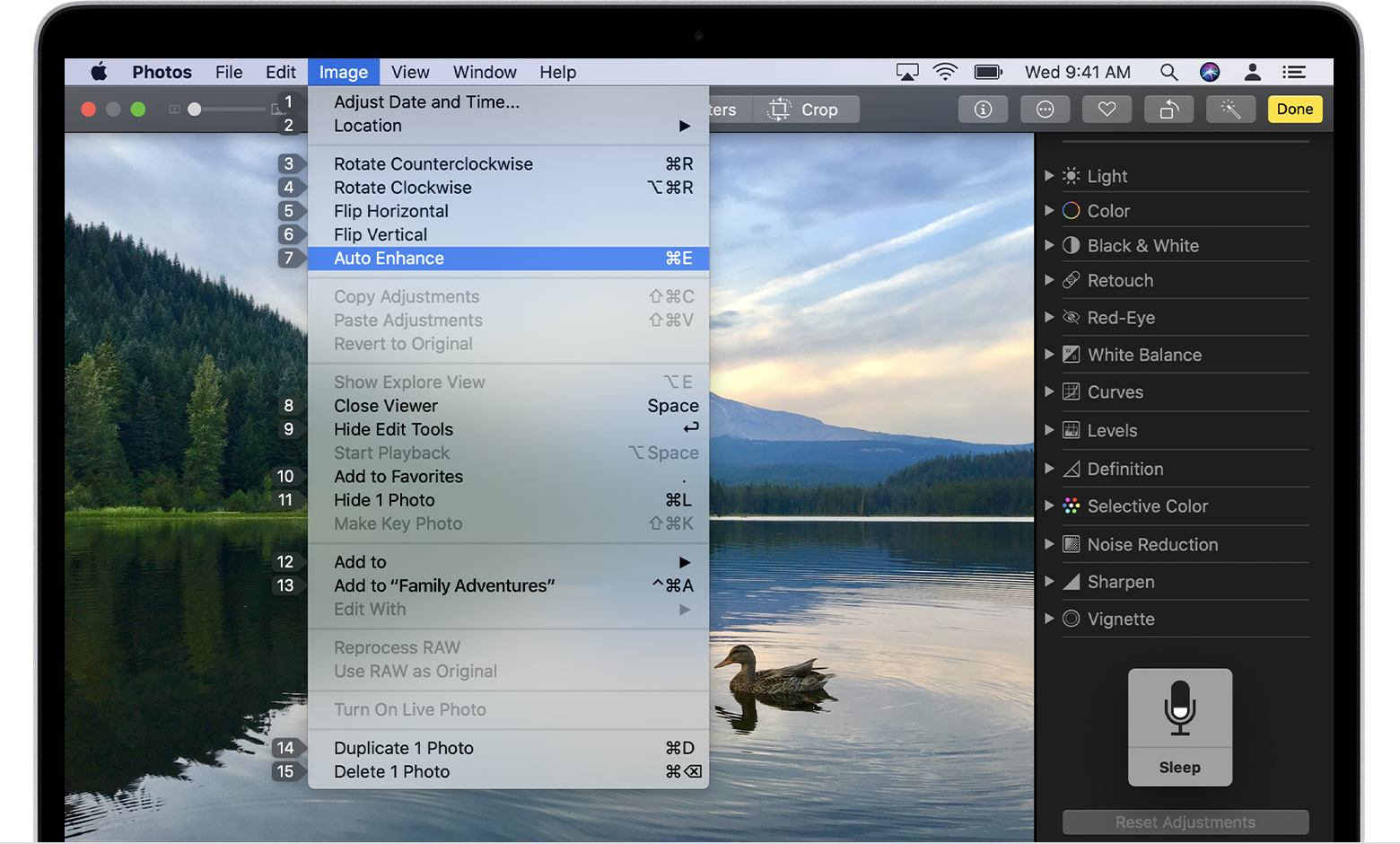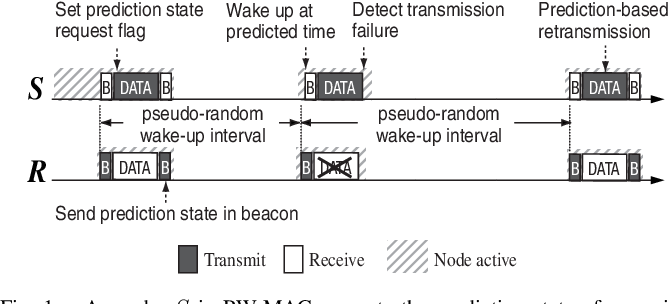

While using: Choose whether your Mac performs the action only when you're using a particular app.When I say: Enter the word or phrase that you want to be able to speak to perform the action.To add a new command, click the add button (+) or say ”Click add.” Then configure these options to define the command:.Click Commands or say ”Click Commands.” The complete list of all commands opens.Open Voice Control preferences, such as by saying ”Open Voice Control preferences.”.You can also create your own vocabulary for use with dictation. Click Send.” Or to replace a phrase, say ”Replace I’m almost there with I just arrived.” For example, to dictate and then send a birthday greeting in Messages, you could say ”Happy Birthday. Voice Control understands contextual cues, so you can seamlessly transition between text dictation and commands. Or say ”Delete all” to delete everything and start over. For example, say “delete that” and Voice Control knows to delete what you just typed. To delete text, you can choose from many delete commands.Say ”numeral” to format your next phrase as a number. To format text, try ”Bold that” or ”Capitalize that,” for example.To move around and select text, you can use commands like ”Move up two sentences” or ”Move forward one paragraph” or ”Select previous word” or ”Select next paragraph.”.To enter a punctuation mark, symbol, or emoji, just speak its name, such as ”question mark” or ”percent sign” or ”happy emoji.” These may vary by language or dialect.Dictation converts your spoken words into text. When the cursor is in a document, email message, text message, or other text field, you can dictate continuously. And now, I'll start working on my Mac iTunes alarm clock. If you have any questions or comments, just leave a note in the Comments section.
#HOW TO WAKE UP MAC HOW TO#
I hope this article on how to set an automatic Mac wake up time has been helpful.

Just click the Sleep checkbox on that last dialog instead of the default Start / Wake Up checkbox, and you can set an automatic Mac sleep schedule. Mac automatic sleep settingĪs a final note, as you saw from several of those images, you can also set an automatic Mac sleep schedule. But, since I'm already logged in as myself, I believe I can coordinate the process of (a) waking up my Mac with (b) starting iTunes using my AppleScript Alarm Clock.
#HOW TO WAKE UP MAC PASSWORD#
For instance, I force a password on all my Macs, so when my system comes to life, it displays the Mac login dialog. The only caveat here is that there is some interaction with other Mac System Preferences settings. Give this a test on your own Mac system, and you'll see that it works as advertised. Here's how you tell your Mac to wake up at 6:50am every day:Īnd on this image you can see that you can have a little more control over your Mac wake-up schedule:Īs you can see, that's all there is to it. button, set the Wake Up schedule you want. On the dialog Start Up or Wake Dialog that scrolls down when you click the Schedule. On the Energy Saver panel, click the Schedule.

Go to Mac System Preferences, then click the Energy Saver icon. Skipping my Mac alarm clock stuff for the time being, here's how to wake up your Mac at a specific time every day, every weekday, or every weekend day. This is very cool for me, because it fits in very well with my Mac AppleScript iTunes alarm clock.

While answering a reader's question about an unrelated Mac issue, I stumbled onto a solution of how to wake up my Mac at a specific time every day. Summary: How to schedule a Mac automatic wake up time (or sleep time). Does your business have a small Scala or Flutter side project? You can now hire Alvin Alexander.Ĭontact me at (al) at valleyprogramming (dot) com for details.


 0 kommentar(er)
0 kommentar(er)
